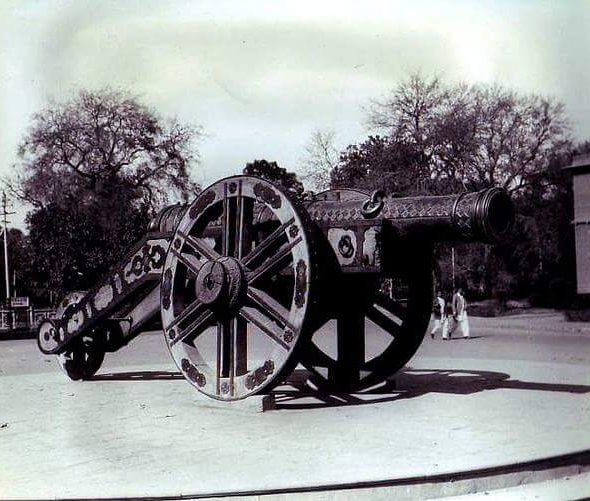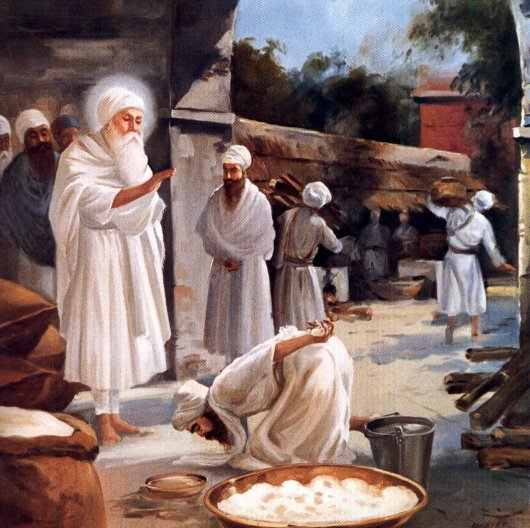
BHANGlAN Dl TOP or the gun belonging to the Bhangi misl, known as Zamzama, is a massive, heavyweight gun, 80 pounder, 14 ft. 41/2 inches in length, with bore aperture 91/2 inches, cast in Lahore in copper and brass by Shah Nazir at the orders of Shah Wall Khan, the wazir of Ahmad Shah Durrani. In English literature, it has been immortalized by Rudyard Kipling as Kirn`s gun. It is perhaps the largest specimen of Indian cannon casting, and is celebrated in Sikh historical annals more as a marvel of ordnance than for its efficiency in the battlefield.







